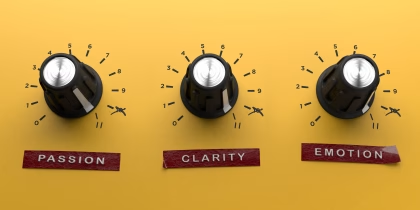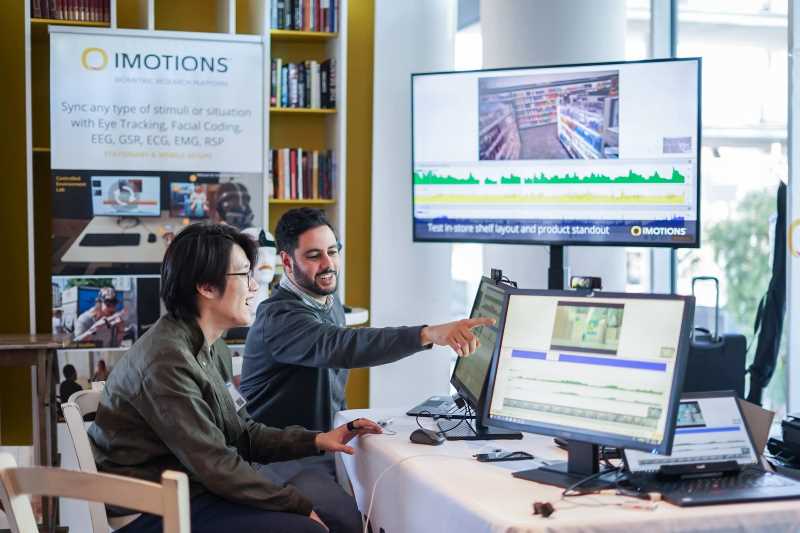Abstract: In the real world, coupled eye and head movements are used by humans and other animals to orient their gaze toward objects or scenes of interest. In virtual environments a mouse is often used as a proxy for head movements, orienting the camera towards a desired view direction. The mouse also controls body direction during navigation, orienting the user’s avatar to a desired movement direction. The interaction between gaze and mouse actions in realistic virtual environments has received only limited study. Using a desktop eye tracker, we recorded the participants while they explored a virtual tropical island for ten minutes. We found evidence for anticipatory gaze shifts prior to mouse movement. The results suggest that despite the loss of eye-head coupling, gaze behavior in virtual environments resembles that of real life.
Related Posts
-

Your Menu Is Your Most Powerful Marketing Asset
Consumer Insights
-

Measuring Pain: Advancing The Understanding Of Pain Measurement Through Multimodal Assessment
Ergonomics
-

Feeling at Home: How to Design a Space Where the Brain can Relax
Ergonomics
-

Why Dial Testing Alone Isn’t Enough in Media Testing – How to Build on It for Better Results
Consumer Insights



